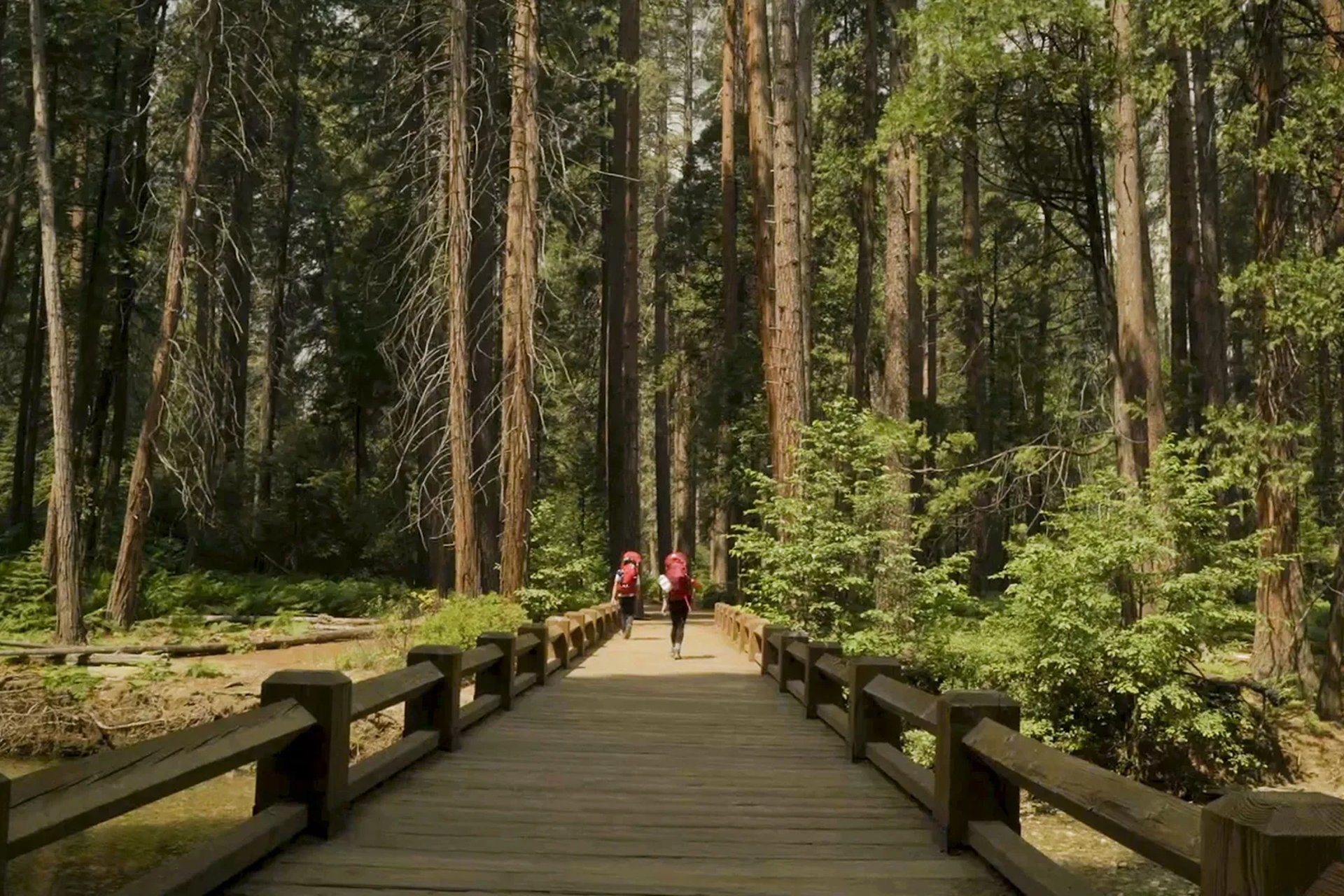
Bird-watching in Autumn: What Species to Look For Around the United States
Discover top bird-watching species and migration tips this autumn across the U.S. Learn which birds to look for, when and where, for the ultimate fall nature experience.
SEASONAL ACTIVITIES
P & P
11/5/20254 min read


Bird-watching in Autumn: What Species to Look For Around the United States
Disclosure: Papaver & Petals participates in affiliate programs, meaning we may earn a small commission on qualifying purchases made through links in this article—at no extra cost to you. Your support helps us keep sharing outdoor inspiration and nature-based content.
Why Autumn is Bird-watching Gold
As the leaves change and temperatures dip, something remarkable happens overhead and in the undergrowth: migratory birds begin their journeys, and many resident species change behaviour. Fall is a magical time for bird-watchers — the light is softer, foliage creates vivid backdrops, and birds are on the move or preparing for winter.
According to the U.S. Fish & Wildlife Service, fall ushers large movements of birds from northern breeding grounds toward warmer regions or other feeding grounds. U.S. Fish and Wildlife Service+1 Whether you’re in a backyard, a nature refuge, or a hiking trail, this season invites you to pause and observe.
Key Bird-watching Strategies for Autumn
Before diving into species, here are a few tips to make your fall bird-watching more successful:
Know your timing: Many birds migrate in September and October, and for some species even into November. Theweather.com | Meteored+1
Choose the right habitat: Forest edges, wetlands, ridgelines and water bodies act as magnets for migrating birds. U.S. Fish and Wildlife Service
Light and wind matter: Raptors often use ridges and thermals in clear weather. BirdWatching
Use feeders and water sources: Backyard bird-watchers can attract migrating songbirds by keeping feeders stocked and water available.
Bring binoculars and a field guide or app: Many birds during migration are fleeting or high in the canopy, so good optics help.
Top Species to Look For This Autumn
Here are some of the standout bird species you’re likely to encounter across various U.S. regions this fall.
1. Raptors on the Move
Species like the Sharp‑shinned Hawk and other hawks are prominent during autumn migration. These predators ride thermals and ridge lifts, making ridgelines and lookout points ideal for spotting them. BirdWatching+1
Where to look: Mountain ridges, hawk-watch sites, late afternoon after cold fronts.
What to watch for: Silhouettes circling without flapping, near treetops or ridges.
2. Songbirds and Warblers on the Move
Fall migration brings many small, colourful songbirds in transit — especially warblers, vireos, and kinglets. Examples: Yellow‑rumped Warbler, Ruby‑crowned Kinglet, and grosbeaks. intoBirds+1
Where to look: Woodland edges, berry-laden bushes, early morning in canopy.
Tip: Look for movement in branches and distinctive calls. They’re often quick but rewarding.
3. Waterfowl and Wetland Birds
Wetlands and marshes become migratory highways for ducks, geese and shorebirds. For instance, the Wilson’s Phalarope is noted in late-season migration. BirdWatching+1
Where to look: Mudflats, shallow ponds, refuge lakes.
Tip: Arrive at dawn or dusk when many birds are feeding.
4. Resident Birds Becoming Active
Some birds that stay year-round change behaviour in autumn. For example, the White‑crowned Sparrow begins moving and can be spotted in new areas. Real Simple
Where to look: Backyards, open fields near woods, feeders.
Tip: Keep your eyes on shrubs and low perches — these species are less dramatic but just as fascinating.
5. Specialty Regional Species
Certain areas are hotspots for unique migratory happenings:
The Great Salt Lake in Utah sees massive flocks of phalaropes and grebes. Theweather.com | Meteored+1
The Santa Ana National Wildlife Refuge in Texas is a crossroads for nearly 400 species in fall. National Wildlife Federation
Where to look: Key stopover sites, wildlife refuges along flyways.
Tip: These places are great for advanced bird-watching and large flocks.
Regional Highlight Spots to Consider
Northeast / Mid-Atlantic: Ridgelines and coastlines are excellent for both songbirds and raptors.
Great Plains / Midwest: Wetlands and lake shores host migrating waterfowl and sparrows.
South / Gulf Coast: Refuges here gather bird species crossing the Gulf or using the Central Flyway.
West / Pacific Coast: Mountain ridges and shorelines serve as key migration routes — think Washington, Oregon, and the Cascades.
Getting Started: Your Autumn Bird-watching Checklist
Here’s a simple list to simplify your outing:
A blank notebook or birding app to note sightings
Binoculars (8× or 10× recommended)
Vortex Optics Diamondback HD 12x50 - https://amzn.to/47LUnyC
15x56 Binoculars for Adults High Powered - https://amzn.to/4ph6wkU
A field guide or bird-ID app (region-specific)
Peterson Field Guide To Birds Of Eastern & Central North America - https://amzn.to/3LMJrIv
A spotting scope if you’re targeting raptors or distant flocks
Gosky Spotting Scope, 20-60x60 Spotting Scopes - https://amzn.to/3JJmNjH
Dress in layers and wear comfortable shoes — you may spend extended time outdoors
Bring water and snacks; birding often involves waiting and scanning
Record date, time, weather and location — many birders contribute sightings to citizen science platforms
Why This Matters for Papaver & Petals Community
Bird-watching in autumn complements our themes of gardening, outdoor adventures, and outdoor spaces:
It brings nature into your outdoor space (your garden, porch, trail)
It enhances garden biodiversity awareness — birds like songbirds help with pests and pollinators
It deepens your outdoor adventure experiences — every hike or walk becomes an opportunity for discovery
Whether you’re standing by a garden feeder or hiking a ridge trail, autumn bird-watching turns the familiar into something new and wondrous.
Final Thoughts
Autumn may signal the winding down of one cycle, but it also opens the gateway to migration, movement, and seasonal transformation. Birds call us to step outside, look up, and witness the rhythms of nature.
So next time you’re out among the trees or simply looking out your window, bring your curiosity. Listen for a call, scan the treetops, and maybe you’ll spot a warbler flitting through, a soaring hawk, or a flock of geese winging their way south.
Fall’s bird-watching moment is brief, vivid and worth embracing.
